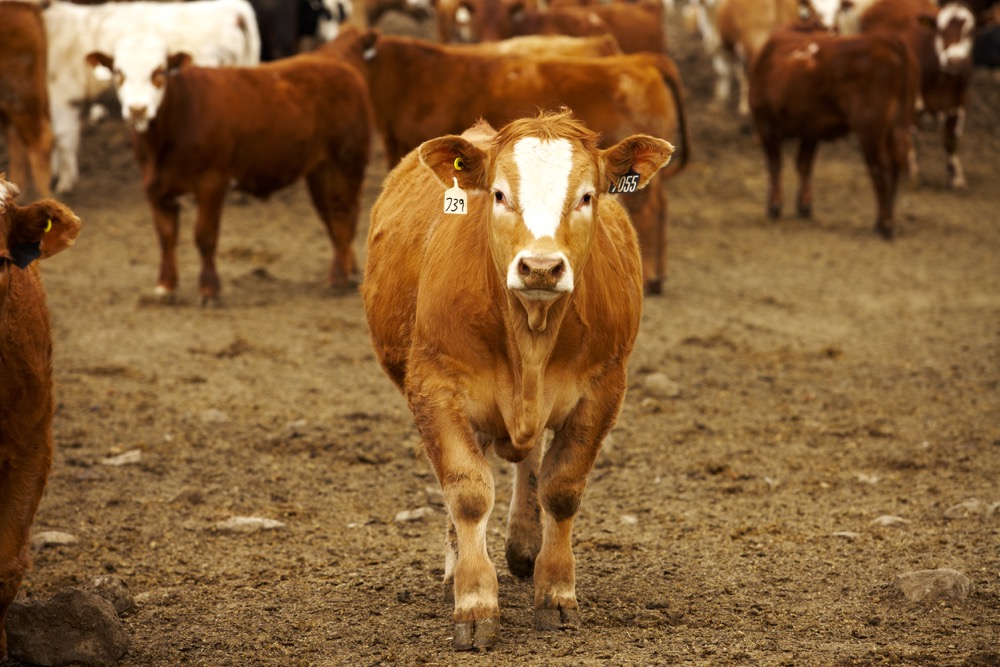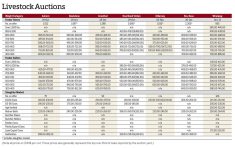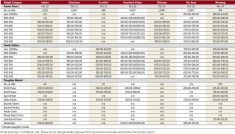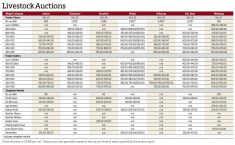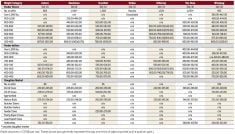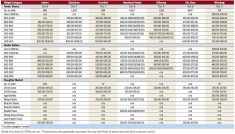Prices for cattle at auction marts across Manitoba picked up on the week, as advances in the futures lent support.
At the same time, cattle prices in the U.S. have seen an even bigger jump, leading to increased demand from the country.
After being closed the previous week, Heartland Virden had a 3,207-head sale on March 15, which provided slightly higher values than ranchers have seen in a while.
Heavier cattle were three to five cents per pound stronger compared with the auction mart’s previous sale.
Read Also
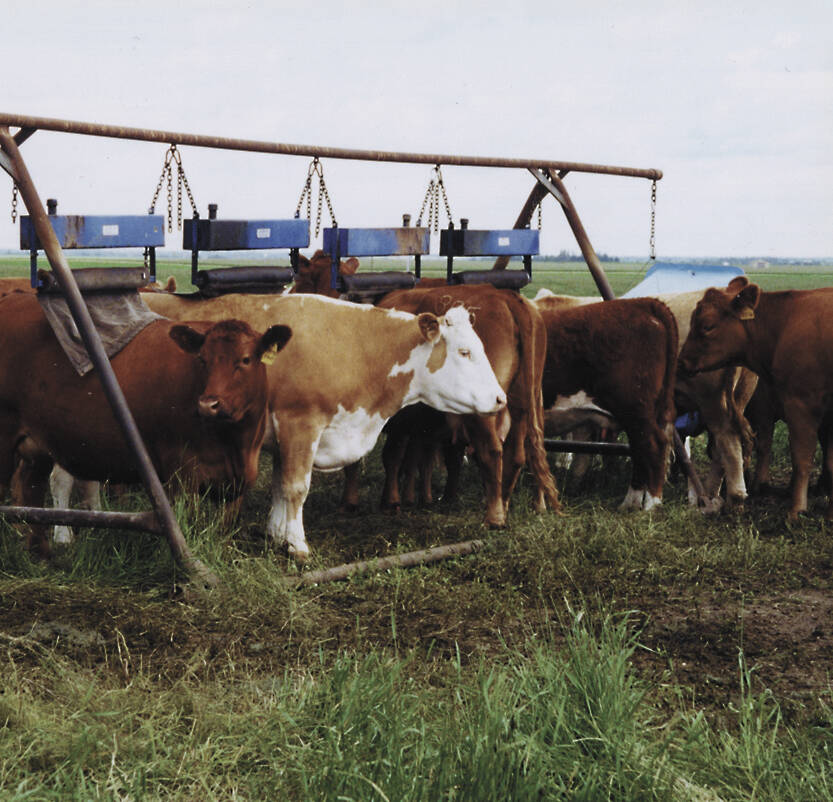
Shifting standards on cattle parasite control
Parasite product resistance has more farmers and veterinarians thinking differently about how to control issues like lice or worms.
“There are better things happening for sure,” said Robin Hill of Heartland Virden.
Chicago Mercantile Exchange cattle futures have strengthened over the past two to three weeks, one source of the higher prices, though that support may be short lived.
The CME moved to a seven-week high on March 17, following a week filled with gains. Feeder cattle prices were also at their strongest levels since August; technical buying was one source of that strength.
The market is likely trying to notch a spring high, said Brian Perillat, manager and senior analyst at CanFax, a cattle-marketing arm of the Canadian Cattlemen’s Association.
“All the markets have been pretty positive,” he said. “Seasonally it’s normal, and that’s definitely been helping the futures market to come up as well.”
External bullish factors, namely strong demand and exports, are also keeping the market underpinned.
“But it’s a short-term thing for sure, pretty seasonal,” he said, adding, “there is some strength, but there is a risk moving forward with these prices.”
The Canadian dollar was stronger on the week, but remained low overall, which added support to cattle prices, especially following sharp gains for U.S. cattle.
Canadian cattle prices had been at a premium to the U.S., Perillat said. “Now we’re seeing our fed prices are now at a discount to the U.S. and we’re getting some interest.”
A lot of U.S. interest is on the fed cattle side, which hasn’t happened for a while, he noted.
While prices are strengthening, volumes are declining. As spring is now underway, they are expected to continue moving lower.
“We’ll have them (cattle numbers)] whittled down by the first of April,” Hill said. “We’re hoping for good things to keep happening, to continue on.”
Manitoba Beef Producers (MBP) last week issued a strategy for carbon tax to government officials. The strategy would ensure beef production is sustainable and profitable, the group said in a press release.
Key points of MBP’s proposed carbon pricing policy include exempting on-farm agricultural emissions; recognizing agriculture for the greenhouse gas reduction benefits it provides; creating investments in research to further reduce greenhouse gas emissions; and investing in initiatives and tools to enhance producers’ resilience related to climate change and severe weather events.

